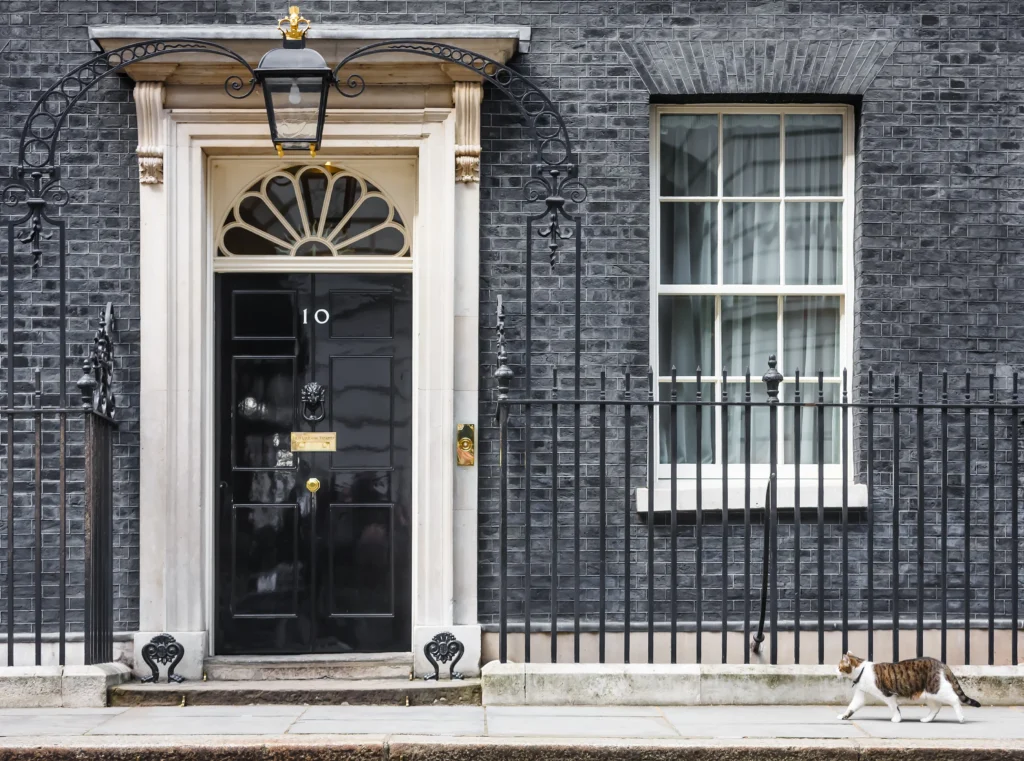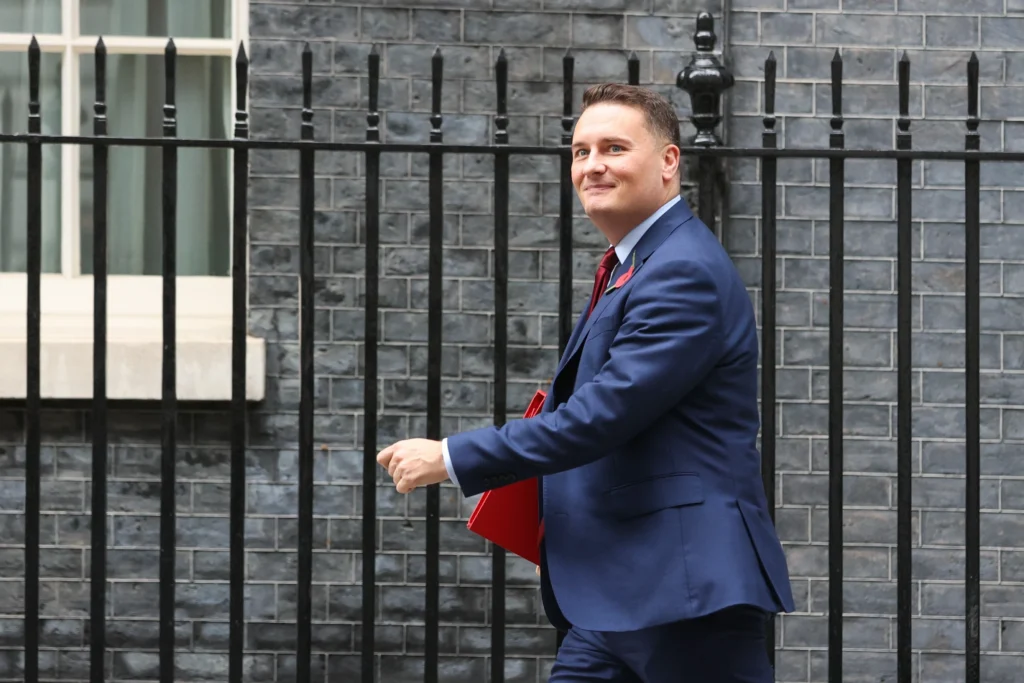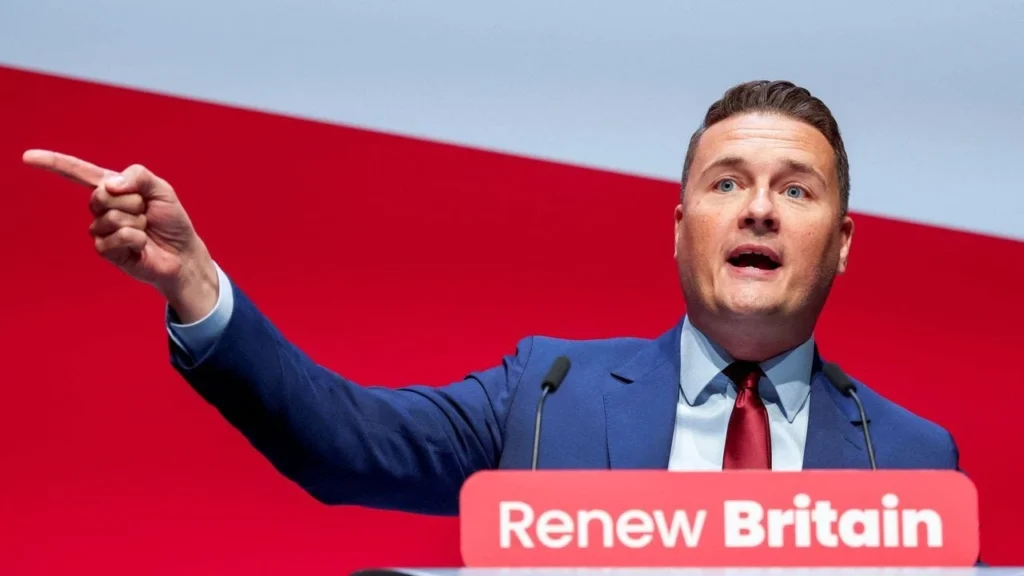When Deputy Prime Minister Angela Rayner resigned the Prime Minister seized the moment for a bold government reshuffle. The changes span top-tier roles, junior ministerial posts, and signal a broader repositioning of Labour’s priorities. It stands in stark contrast to his earlier mini reshuffle of the Number 10 team. The Prime Minister hopes the reshuffle will demonstrate to the country his intention to deliver economic growth, secure our borders and continue the transformation of public services with renewed energy and vigour.
Notable appointments include:
- Deputy Prime Minister & Justice Secretary: David Lammy
Elevated from Foreign Secretary, Lammy now holds dual roles as Deputy Prime Minister and Justice Secretary. - Foreign Secretary: Yvette Cooper
Moved from the Home Office, Cooper replaces Lammy in one of the most high-profile roles. - Home Secretary: Shabana Mahmood
Mahmood’s impressive no-nonsense approach as Justice Secretary has seen her promoted to one of the most important roles in government. Success is critical amid rising support for Reform UK. - Work and Pensions Secretary: Pat McFadden
Stepping into a new “super ministry,” McFadden gains control over welfare and skills policy which is a sign of Labour’s focus on economic opportunity and social stability - Housing Secretary: Steve Reed
From DEFRA, former Council leader Reed assumes responsibility for housing and planning reforms to spur development and as he put it, ‘Build Baby Build’. - Business Secretary: Peter Kyle
Formerly tech secretary, Kyle now leads efforts to simplify business regulation while balancing environmental goals - Science Secretary: Liz Kendall
Elevated to Science Secretary, Kendall will oversee digital reforms and innovation policy. - Environment Secretary: Emma Reynolds
Takes over environmental duties from Reed, marking another shift in the Cabinet’s environmental portfolio. - Scotland Secretary: Douglas Alexander
Newly appointed, Alexander replaces Ian Murray as Labour seeks deeper inroads in Scotland ahead of the all-important Holyrood elections in 2026. - Chief Whip: Jonathan Reynolds; Leader of the House: Sir Alan Campbell
Reynolds moves into the Whip’s role; Campbell steps in as Leader of the House- both critical for managing parliamentary business. - Party Chair: Anna Turley; Solicitor General: Ellie Reeves
Turley gains a Cabinet position; while Reeves transitions to a legal advisory role.
Labour is recalibrating towards a pro-growth outlook. Business deregulation, housing liberalisation, skills policy, and innovation are coming to the fore. Peter Kyle and Steve Reed embody this shift, while reforms aim to pre-empt the need for tax hikes. The decision to take Jonathan Reynolds out of the business role has also raised questions about whether his perceived lack of focus and support for small businesses played a part in the decision. This is crucial for Labour’s ambition to grow the economy. Delivering higher growth will be essential to meeting the government’s ambitions for public service transformation and raising the living standards of the people to deter them from leaning towards Reform UK.
With three women now leading the Treasury, Home Office, and Foreign Office, Reeves, Mahmood, and Cooper, Labour hits a historic benchmark for female leadership at the top level. For the first time in history women occupy most of the great offices of state. While Labour is yet to elect a female leader of the Party, this increase in representation demonstrates Labour’s commitment to equality and championing women in public service.
Amid rising Channel crossings, repositioning Shabana Mahmood to Home Secretary signals an attempt to restore public confidence in border management without abandoning commitments to human rights frameworks. As Justice Secretary, Mahmood took a tough stance on sentencing and the delivery of justice. As Home Secretary, Mahmood has said she will look at removing visas for countries who refuse to enter return agreements and has said everything is on the table as she looks to tackle the small boats crossing the channel.
Despite scepticism from unions about the Employment Rights Bill following staff shake ups, the government insists it remains committed to workers’ protections under the legislation, even as economic pragmatism asserts itself. This reshuffle cements Starmer’s authority and refocuses the team under a centrist, technocratic banner focussed on delivery. However, reshuffle decisions, especially dismissing certain left-aligned MPs have raised concerns about internal inclusion. Lucy Powell will hope to take advantage of those concerns as the soft left candidate for Deputy Leader, versus the leadership-backed candidate, Bridget Philipson.
Keir Starmer’s post-Rayner reshuffle signals a definitive pivot toward pragmatic governance focused on growth, cohesion, and delivering tangible policy results. The new appointments from David Lammy’s elevation to business-minded figures like Kyle and Reed shape an administration primed for economic reform, technocratic discipline, and strategic responses to external pressures like migration.
Yet, whether this recalibration will maintain party unity and satisfy labour’s left wing remains to be seen. Unions are watching closely, and rising polling for Reform UK underscores the political risk of alienating Labour’s base. As the government steers toward its economic agenda, the delicate balance between growth, equity, and internal coherence will define Starmer’s leadership test.




